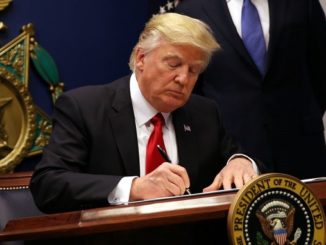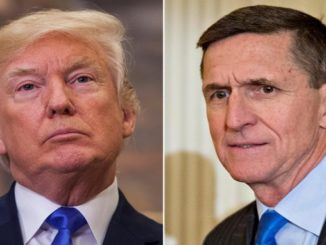
There have been many illuminating facts coming out of the F.B.I.’s raid of former president Donald Trump’s Florida residence Mar-a-Lago last week. Some questions remain unanswered, such as, what documents did Trump have and why did he take them?
One interesting thing that the raid highlighted was the system of classification by which the U.S. government hides information, saying that the information is classified in the name of national security.
But who has top secret clearance to view these documents and data? The number may be higher than you think.
The most recent available report published by the Director of National Intelligence “Security Clearance Determinations” says that 2.8 million people have security clearance as of October 2017. More than 1.6 million have access to either Confidential or Secret information and nearly 1.2 million are described as having access to Top Secret information.
There are additional people who have security clearance but don’t currently have access to information. This includes civilian employees, contractors and members of the military.
Federal agencies are in control of their own classified data.
While agencies are meant to declassify data, it does not mean that more than 1 million people have access to the documents lying around Mar-a-Lago courtesy of Trump’s sticky fingers. Each agency that deals in classification has its own system and is supposed to be involved in declassifying its own documents.
Trump’s defenders have argued he had put in place an order to declassify any documents he took from the Oval Office to the residence during his time in the White House, although professionals and experts have said this claim can’t be true.
Experts said that the idea that a president can declassify documents simply by moving them from one physical location to another is sheer nonsense.
There is an official process for declassifying information, including a signify from the agency that classified the information in the first place in order to protect the intelligence-gathering process, its sources and methods.




Be the first to comment